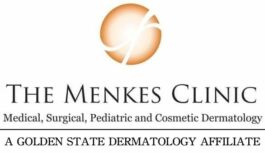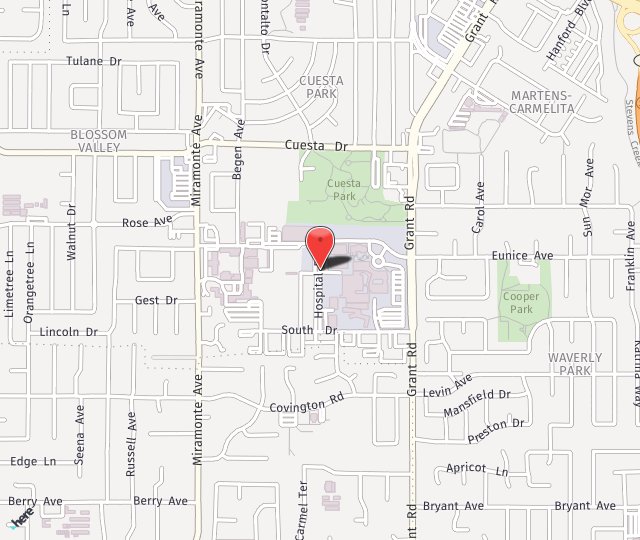Skin cancer sounds straightforward: it’s an abnormal growth of cells.
According to the Skin Cancer Foundation:
- 1 in 5 Americans will develop skin cancer by the age of 70.
- More than 2 people die of skin cancer in the U.S. every hour.
Even though the definition is simple, knowing what “abnormal growth” looks like is anything but straightforward.
Here’s an overview of the three most common types of skin cancer.
Types of Skin Cancer
Nonmelanoma skin cancer
Two main types of skin cancer fall into this category: basal cell carcinoma and squamous cell carcinoma. According to the Skin Cancer Foundation, “about 90 percent of nonmelanoma skin cancers are associated with exposure to ultraviolet (UV) radiation from the sun.”
Basal Cell Carcinoma
The most common cancer in the world with 3.6M cases diagnosed in the US each year is basal cell carcinoma or BCC. Generally, they are not as dangerous as the other types of skin cancers. However, if left untreated, it can cause significant disfigurement and eventually spread to lymph nodes.
BCC can look like:
- A round growth, the same color as your skin – often with a “pearly” appearance.
- A pinkish patch of skin
- A scar
- A raised, scaly patch
Basal cell carcinoma can show up in such a wide variety of ways, that while photos are helpful, it’s best to have a board certified dermatologist do an exam.
Squamous Cell Carcinoma
This is the second most common skin cancer, with nearly 2 million cases a year in the US. It is more aggressive than basal cell carcinoma and can spread to lymph nodes more easily. Thus, early diagnosis and treatment is important.
Just like BCC, SCC has a wide variety of appearances:
- A small red bump
- A scaly patch
- A warty growth
- A little horn growing out of the skin
- A sore that doesn’t heal
Treatment for Basal Cell Carcinoma and Squamous Cell Carcinoma
- Topical medication (for superficial skin cancers)
- Electrodessication and curettage (for superficial skin cancers on the trunk and extremities)
- Surgery (excisional)
- Mohs surgery
- Radiation therapy for non-surgical candidates
Melanoma
Malignant melanoma is the third most common skin cancer, with more than 100,000 cases a year in the US. But it has increased by more than 30% in the past decade, according to the Skin Cancer Foundation. The good news is that, if caught and treated early, the 5-year relative survival can be more than 90%.
Similar to other skin cancers, Melanoma can have a wide variety of appearances. However, it most commonly presents as an irregular, dark spot. Here’s a helpful list from the American Academy of Dermatology that discusses the various features of melanoma.
Melanoma can look like:
- A mole that changes in appearance
- Any kind of spot (it could look like a mole, freckle, or age spot) that looks different from the others on your skin
- A spot with a irregular borders
- A spot with more than one color
- A raised growth that bleeds
- A dark vertical line underneath the nail or a band of darker skin around a fingernail or toenail
Melanoma Treatment
- Surgery
- Sentinel lymph node biopsy (in certain cases, to check for metastasis)
- Chemotherapy (if the melanoma has spread)
Actinic Keratosis
Actinic keratosis (AK) is a pre-skin cancer. It affects more than 58 million Americans, but only turns into cancer in two to five percent of cases. AKs generally look like small, pink scaly spots.
What can it look like:
- A pink scaly or gritty spot
- Irritated red skin
- Badly chapped lips
Treatment
- Cryotherapy (freezing)
- Photodynamic therapy (PDT)
- Topical medication
Early Detection Saves Lives
Given that skin cancer can show up anywhere on your skin – under fingernails, on the tops of your ears, on your back – it’s vital to perform self-checks monthly. (Here’s a guide on how to do it in 10 minutes).
“All skin cancers are treatable if caught early,” said Hovik Ashchyan, MD, Mohs Surgeon at Golden State Dermatology. “If you’ve had a history of significant sun exposure and sun burns, or a family history of skin cancers, it’s important to see a dermatologist regularly for skin checks.”
As always, if you have any questions or doubts about any marks on your skin, reach out to your closest GSD clinic for a consultation. You can find a clinic near you here. And if you have multiple freckles and/or moles, set up regular appointments so we can help you track any changes.
What is Mohs Surgery?
What exactly is Mohs, and how is it different than other types of cancer surgery?
Mohs Surgery is a technique developed in the 1930s by Frederic Mohs. The key aspect of Mohs surgery is that the full tissue margins are assessed under the microscope in real-time. Because of that precision, the skin cancer cure rate is close to 99%. In addition, the procedures leaves the smallest possible scar for the patient.
Did You Know?
The names of skin cancers are related to where they start in the skin. The top layer of skin is called the epidermis. Within that layer are three main types of cells.
- Squamous: These are flat cells in the outer part of the epidermis. You shed and form these cells constantly – without even noticing!
- Basal cells: These are in the lower part of the epidermis. They move up to replace the squamous cells, changing shape as they go, to become flatter.
- Melanocytes: These make a brown pigment called melanin, which creates the skin’s tan or brown color. Melanin provides protection from sun damage for the lower layers of skin.
“Skin cancers can present in a wide variety of ways, so it often difficult for patients to know if their skin lesions are concerning or not. Dermatologists are trained experts in detecting the features of skin cancers and differentiating them from benign skin lesions. Thus, it’s important to see a board-certified dermatologist if you are concerned about any spots on your skin. When in doubt, come see us for a skin check!” said Hovik Ashchyan, MD, Mohs Surgeon at Golden State Dermatology.”

